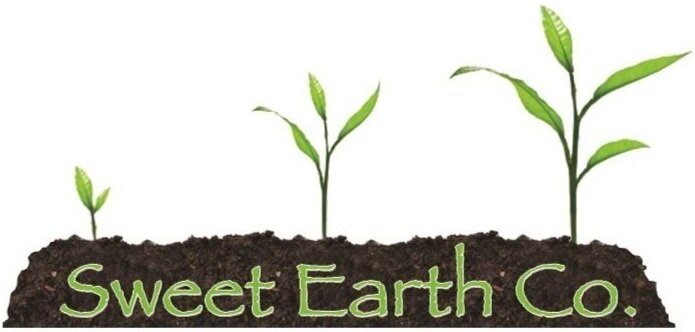Pollinator Paradise: Flowers That Attract Bees, Butterflies, and Hummingbirds
Attracting pollinators is a key element of eco-gardening. Pollinators support wildlife, healthy soil, and a robust ecosystem.
Let’s go over some flowers you can plant in your garden to attract various pollinators to your landscape.
Bees
Bees prefer bright white, yellow, and blue flowers and fresh, mild, pleasant, herbal, and minty fragrances. They like shallow flower heads as landing pads, along with tubular shaped flowers.
Some flowers you can plant to attract bees — both honeybees and native bees — are:
Bee Balm (Mondarda spp.)
Aster (Aster spp.)
Sunflower (Helianthus spp.)
Coneflower (Echinacea spp.)
Black-Eyed Susan (Rudbeckia spp.)
Anise Hyssop (Agastache foeniculum)
Mountain Mint (Pycnanthemum spp.)
Poppies (Papaver spp.)
Butterflies
Butterflies prefer bright blooms, including red and purple. They enjoy faint but fresh scents, and they like a narrow tube shape with a spur, and wider landing pads.
Flowers you can plant to attract butterflies are:
Milkweed (Asclepias spp.)
Coneflower (Echinacea spp.)
Anise Hyssop (Agastache foeniculum)
Goldenrod (Solidago spp.)
Phlox (Phlox spp.)
Allium (Allium spp.)
Mountain Mint (Pycnanthemum spp.)
Lavender (Lavendula)
Salvia (Salvia spp.)
Hummingbirds
Hummingbirds prefer orange, red, and white flowers that are tubular, but they will visit many types of flowers.
Some flowers that attract hummingbirds are:
Bee Balm (Mondarda spp.)
Cardinal Flower (Lobelia cardinalis)
Petunia (Petunia spp.)
Penstemon (Penstemon spp.)
Zinnia (Zinnia elegans)
Delphinium (Delphinium spp.)
Salvia (Salvia spp.)
By adding just a few of these flowers to your garden, you can attract more pollinators and support your local ecosystem. Bonus points if you use native plants to your area — they are 4x more likely to attract pollinators!
Remember that diversity is the key. Help pollinators by providing a diversity of plants that bloom from early spring to late fall. Plant a variety of colors, fragrances, shapes and heights. Help them find the food by planting clusters of the same plant. Clustering plants also helps them be more efficient pollinators by transferring the pollen to the same species, instead of squandering the pollen on unreceptive, neighboring flowers.
Keep in mind that many herbs and annual flowers, while not native, are very beneficial food sources for pollinators. Even some weeds, such as the spring dandelions, are food sources. Also, plant host plants as well as plants that provide pollen. Many butterflies need to feed on host plants during their larval stage. Monarch butterflies for instance, feed exclusively on milkweed during their caterpillar stage.




